Tricks About "How To Cook Pasta"
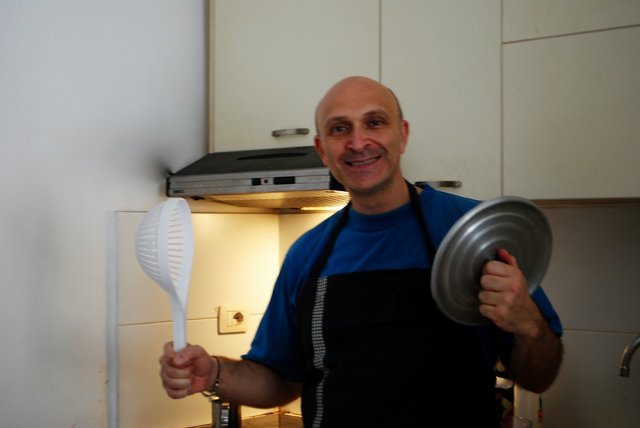
I’m Italian, I have a passion for cooking and I adore to eat. I believe these could be good reasons to talk about pasta.
Today there are many television programs, blogs, websites, books, magazines, talking about cooking, especially about Italian cuisine. However, majority of them, when they talk or write about pasta, they focus only on sauce preparation. They spend a lot of time writing details about how to prepare the sauce and, then they just say: "cook the pasta and mix it with the sauce!" Thus, many people don’t know how to cook pasta, just the pasta.
I tried it on my skin. I live and work abroad so I ate in the house of friends from different nationalities.
They have cooked for me and, instead preparing traditional dishes of their own country, they have ventured into the Italian food preparations; some of them to pay homage to me, while others : "if you are able to do it, I can do it too!", or "you can see that the Italian cuisine is not so difficult to prepare!" In these house dinner parties, the main dish prepared was the pasta! I can guarantee you that I ate many kinds of! I'm not talking about the sauces, I am talking about the way in which the pasta was cooked.
So sometimes I ate a single block, like a brick, that was raised all together with a fork; other times it was so overcooked that you could eat only with a spoon. Sometimes they left the cooking water so the pasta swam in the dish, other times pasta was only wet in the water and it was definitely not cooked and super crunchy. If you find yourself in the above-mentioned experiences, read these simple tricks so next time you can surprise your friends (and yourself, too!) with an amazing dish of pasta.
1) Choose the right pasta!
Maybe you will not believe me, but there are hundreds “types of pasta”. Unfortunately, I have not tried them all yet, but I'm working on that. Today I speak of dried pasta made with durum wheat flour; the representative of this type of pasta, the most famous throughout the world, is spaghetti. In addition to spaghetti, there are other types of dried pasta made with durum wheat flour such as rigatoni, which has the form of short grooved tubes.
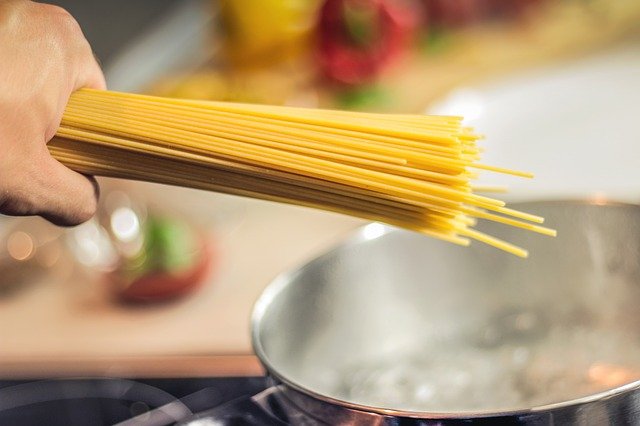
No matter what you prefer, choosing the right pasta is the first step to prepare a very tasty dish. The best advice I can give to you is to choose the authentic pasta made in Italy. Today at the supermarket you can find a huge variety of pasta, almost each package saying “Italian pasta”, but I can assure you that is not true!
I don’t say this driven by nationalistic spirit, but just because the Italian pasta “keeps cooking” (this is a concept that I will explain later in my “English - Italian short dictionary of cooking pasta”), so you will have a better result.
So on the package check who is the producer and its location.
A good brand must indicate on its packaging the cooking time. Normally, the longer the boiling time, the better the quality of the pasta! So check if the packaging has this information too. Another quality that a good pasta must have is the capacity to “take the sauce”.
The last trick to choosing the pasta is that the type of pasta should be chosen based on the type of sauce that you are going to prepare. This principle, which may seem obvious, it is actually very important because choosing the wrong type can ruin the dish you are preparing! In fact, the wrong combination could result in the sauce not “tieing” with the pasta and it will remain in the dish, so it will not be tasty; on the other hand the sauce can tie the pasta too much and you will have it glued (this often happens with spaghetti).
So if the recipe says to use a specific type of pasta you cook that.
2) Pot, water, and salt
Whatever anyone has told you the pasta is boiled in water before being mixed with the sauce.So we also see some little trick to this thing. To cook the pasta, the water must be at a high temperature and abundant. So use a pot of lightweight material, aluminum is fine, it can easily transmit the heat to the water to make it boil. You don’t need pots made of special materials or forms, the only extra things you can buy are pots that already have within them the colander, but I can guarantee that they are not necessary because a simple aluminum pot, as my old pot, and a plastic colander do their work perfectly.
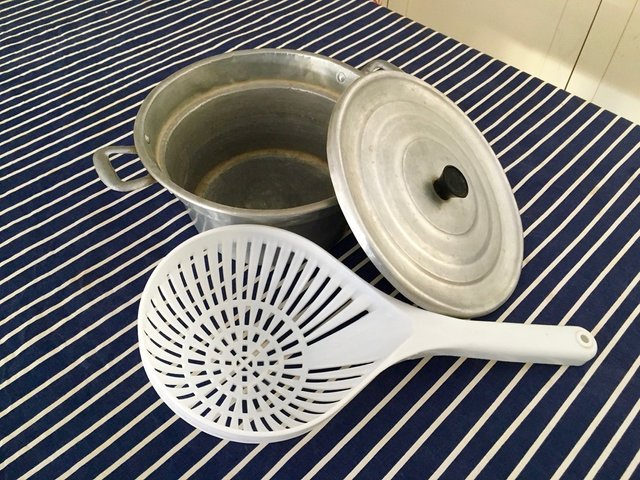
The pot must be filled to the maximum for two-thirds of its capacity so, during cooking of the pasta, water does not go out. Normally you have to use about 1 liter of water for every 100 grams of pasta, but you can also read what say the “instructions for cooking”, that you find on the packaging of pasta that you have purchased. Put water in the pot and cover with the lid, so the water will boil faster (you can also use water already hot from the tap to get to boil it faster).
Remember that the cover should only be used for this step; the pasta is cooked without a lid on the pot, otherwise, during the boiling process, water will come out of the pot (you can also put the lid on the pot, after you thow the pasta in the pot, wait untill the water start to boil again and then take out the lid). When the water boils, put the salt. If you put the salt before boiling the water, it will take longer.
If it's possible, use “big salt”, and add about 10 grams of salt (about a tablespoon of tea) every 1 liter of water; but the right way to measure the salt for pasta, for a real "pasta chef", is the hand.
Do not use any particular type of salt, you do not need the Hawaiian red salt or Himalayan pink salt, you just need simple sea salt. The salt water is boiling, it's time to “throw” the pasta.
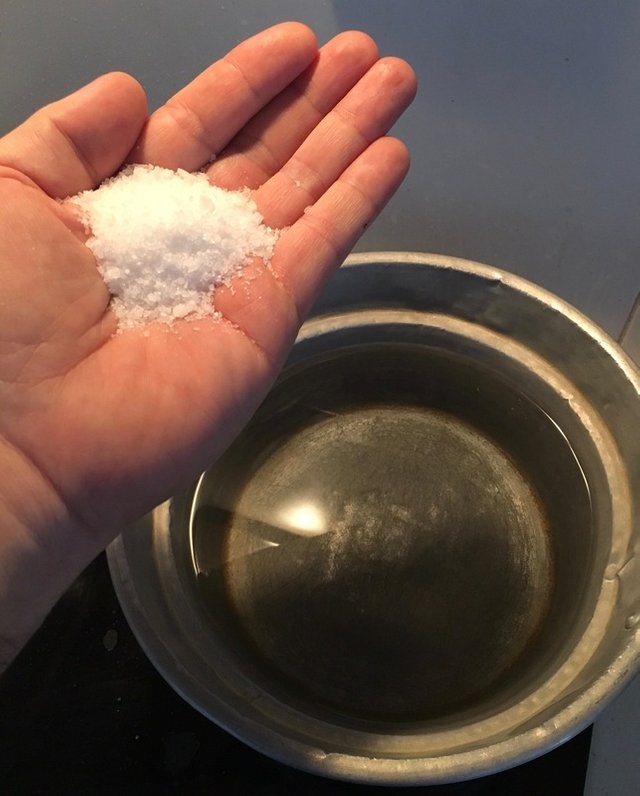
3) Cook the pasta, time and mix.
CAUTION: When you throw and take out the pasta remember that you're working with hot water so you have to be very careful!
After you've thrown the pasta into the hot water, it should be mixed sometimes otherwise it attaches altogether and to pot's end, the first time after about 1 minute. The high temperature and the abundance of water will make homogeneous cooking, and allow you to have easier pasta cooked correctly. The pasta must be cooked “al dente”.
An “al dente pasta” is cooked uniformly and provides an elastic resistance when you bite! Often, for pasta al dente means a raw pasta to the center, but this is wrong.
For the pasta, you have to respect the cooking time that, as I said above, you will find on its packaging. But this time is not always accurate and can change for different reasons, so my advice to you is to try the pasta two minutes before the end of the cooking time. The cooking time starts when you throw the pasta into the hot water and the water begins to boil again; remember that the spaghetti are placed in hot water and then, when the part in water becomes soft, you have to push them into the hot water using a fork and mix.
When you drain the pasta you can use many systems. However, as I said above, a simple plastic colander is fine; for spaghetti, you can use a big fork. To get an even more tasty pasta, it's best to finish cooking the pasta, for the last two minutes, in the pot where you prepared the sauce. This is called “go over the pasta in the pot”.
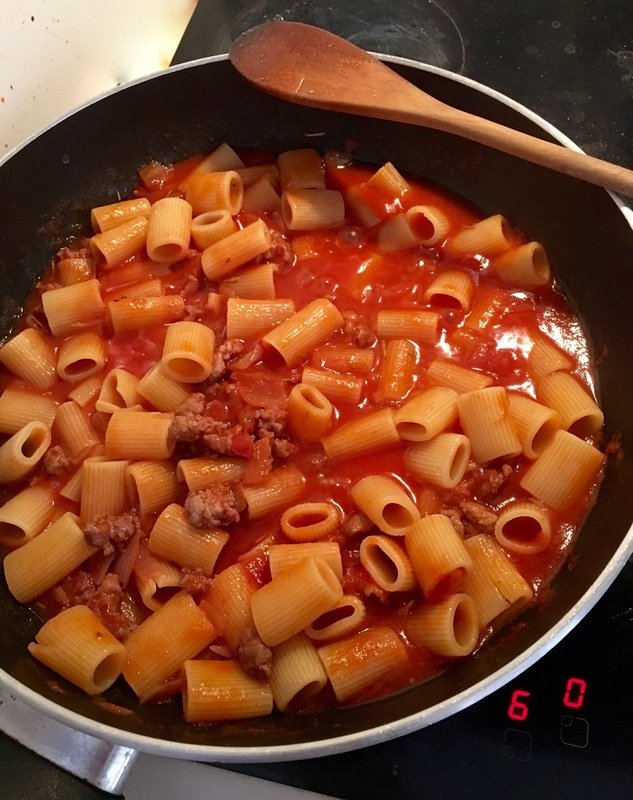
So when you prepare the sauce, use a pot that can also contain the pasta. To do this when you put the pasta into the pot with the sauce, add some water where you boiled the pasta, this will give you a creamier sauce, and mix gently. So do not throw the cooking water from the pasta.
4) How to serve pasta
Until now you have prepared amazing pasta but now you have to serve it to your friends, so you still have time to ruin your delicious food! You must remember that the pasta is always served hot, freshly cooked, otherwise it absorbs the water of the sauce and becomes the brick that I mentioned before. The sauce should be creamy and not dry.
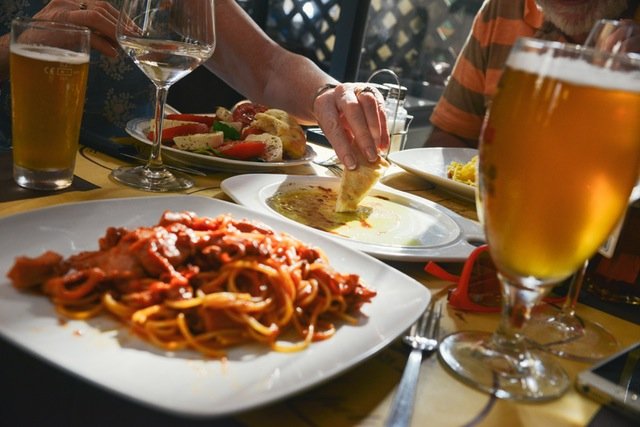
A little trick is to serve small appetizers to your friends so, while they drink a glass of wine and eat a snack, you can finish to cook pasta and serve it hot bringing the syeaming pot directly on the dinner table. This will make you a real chef and will receive many compliments from your friends, or even better, by the guest who you invited for a romantic dinner!
5) The cheese on the pasta: do, don't and how.
In Italy, there is the habit of adding cheese to the pasta before eating, and we call this “the cheese on macaroni”. Cheese, typically parmesan, usually should be placed when the pasta is on the plate. Other times it is added in the pot or in the bowl where it mixes the pasta. You remember that the cheese absorbs water so, knowing this, leave the sauce a creamier bit so after adding the cheese, the pasta does not become sticky.
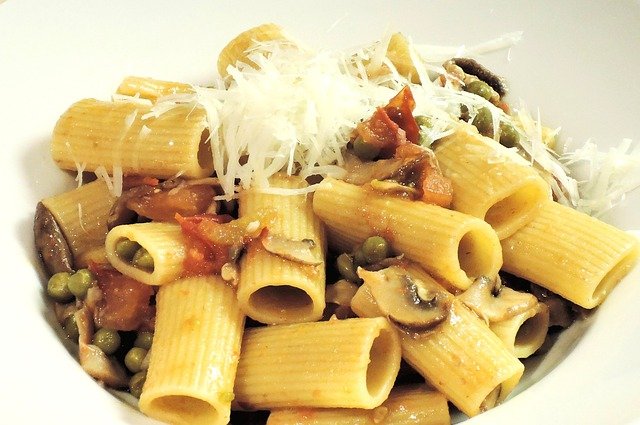
As I said above the cheese is added to some sauces while on others it is absolutely forbidden. In general, we can say that with the simple tomato sauces or the sauce with meat, you can add cheese, while in the seafood sauces cheese should never be added. Instead, for those who loves cheese, this can become the sauce! So you can have the pasta with four cheeses or cheese and black pepper pasta!
6) Don’t eat too much pasta, don’t cook too much pasta
Pasta, if it is well cooked, is a highly digestible food. But keep in mind adding the sauce, often, it becomes very caloric.
The secret is to eat the right amount of pasta, that means to cook the right quantity of pasta. If you prepare a dinner for your friends, with several courses, you do not cook more than 50/60 grams of pasta for ladies and 70-80 grams of pasta for men. So keep account of these amounts when you weigh the pasta. After this, always remember to add some pasta (depends on the number of people you have for your dinner party), if someone wants to eat a little bit more of your delicious pasta.
7) A small favor
If you had the patience to read these little tips to the end, I ask you only one small favor. When you eat pasta please don’t do it like my friends of north Europe, don’t put in a single dish: pasta, salad, sauces like mayonnaise and meat, following the idea that "everything is mixed in the stomach". Please make dirty another dish and eat your pasta alone, you find that it tastes better and above all, you'll enjoy more in the eating!
English - Italian short dictionary of cooking pasta. In this section I will explain some concepts that I have mentioned above, including the figure of speech in Italian.
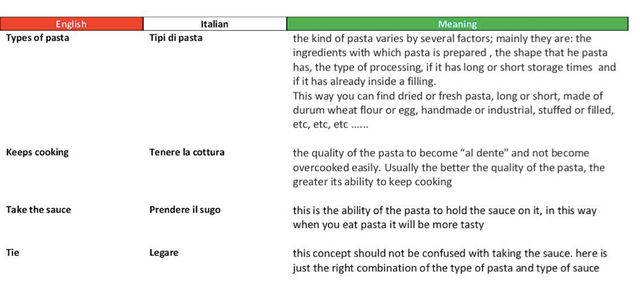
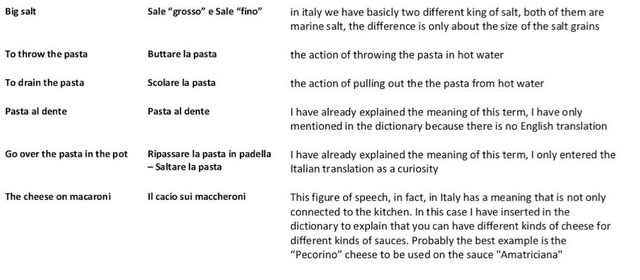
As a north European, I promise to always eat pasta alone for all future :) Thanks for a great post!
please and thank you :)
great post - my ex was italian and he ALWAYS had to cook the pasta! -good instructions
thank you :) now you can cook them yourself :)
looks very good have to try it
thanks
Yummy, This looks Delicious.. Really appericiate :)
Check this out : Flamming pasta
Congratulations @thesealover! You have received a personal award!
Click on the badge to view your own Board of Honor on SteemitBoard.
For more information about this award, click here
Congratulations @thesealover! You have completed some achievement on Steemit and have been rewarded with new badge(s) :
Click on the badge to view your Board of Honor.
If you no longer want to receive notifications, reply to this comment with the word
STOPCongratulations @thesealover! You received a personal award!
You can view your badges on your Steem Board and compare to others on the Steem Ranking
Vote for @Steemitboard as a witness to get one more award and increased upvotes!